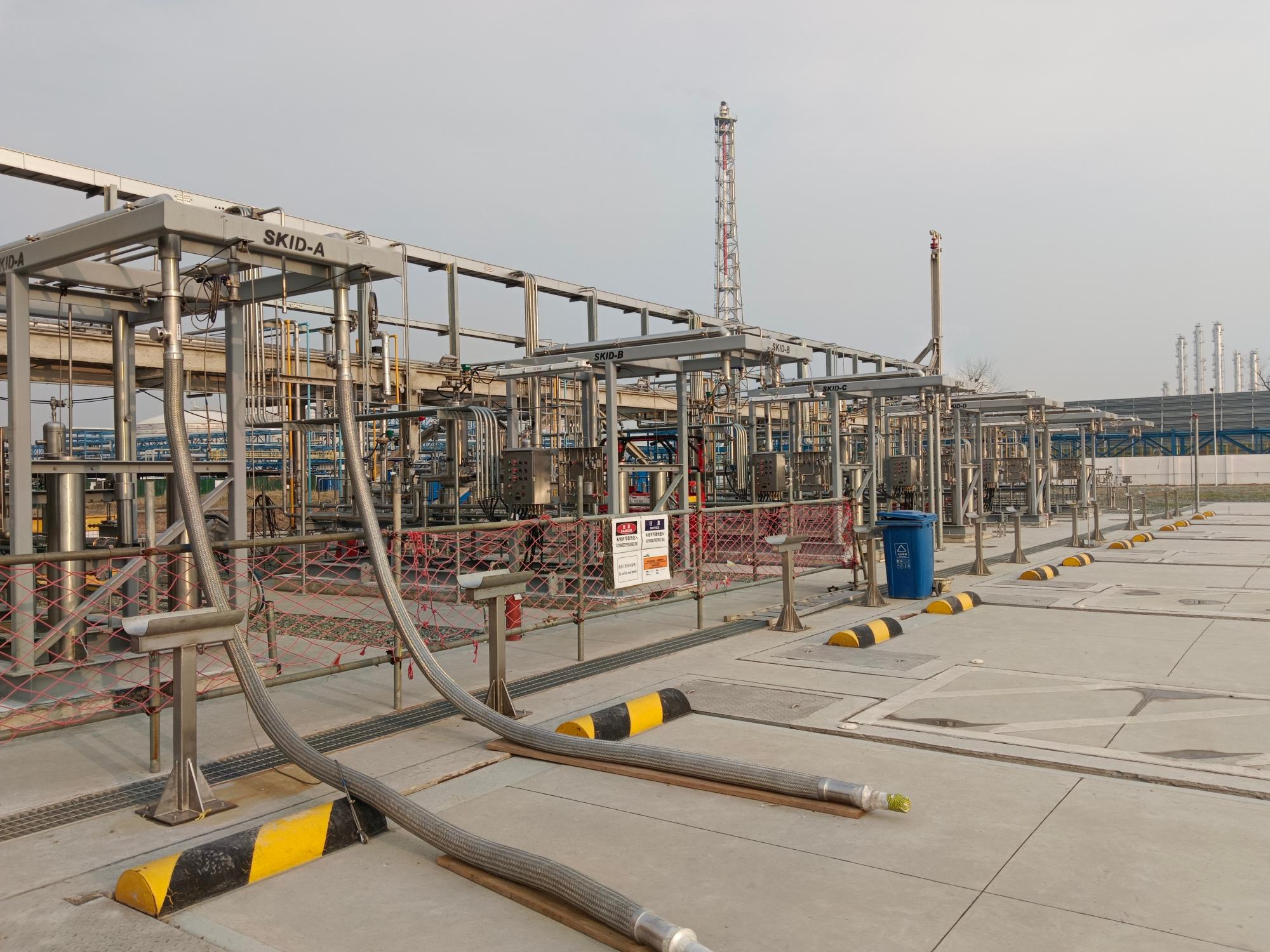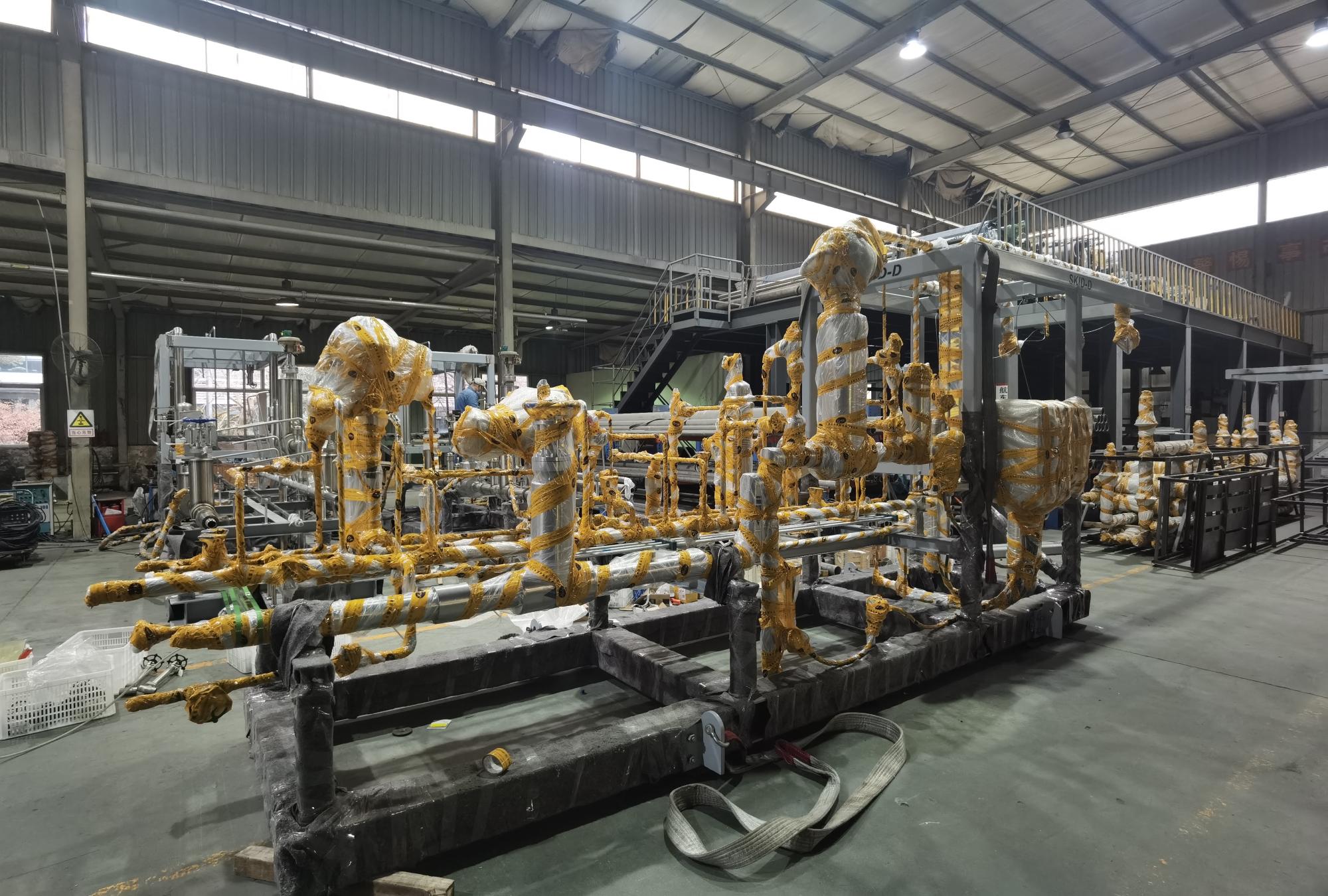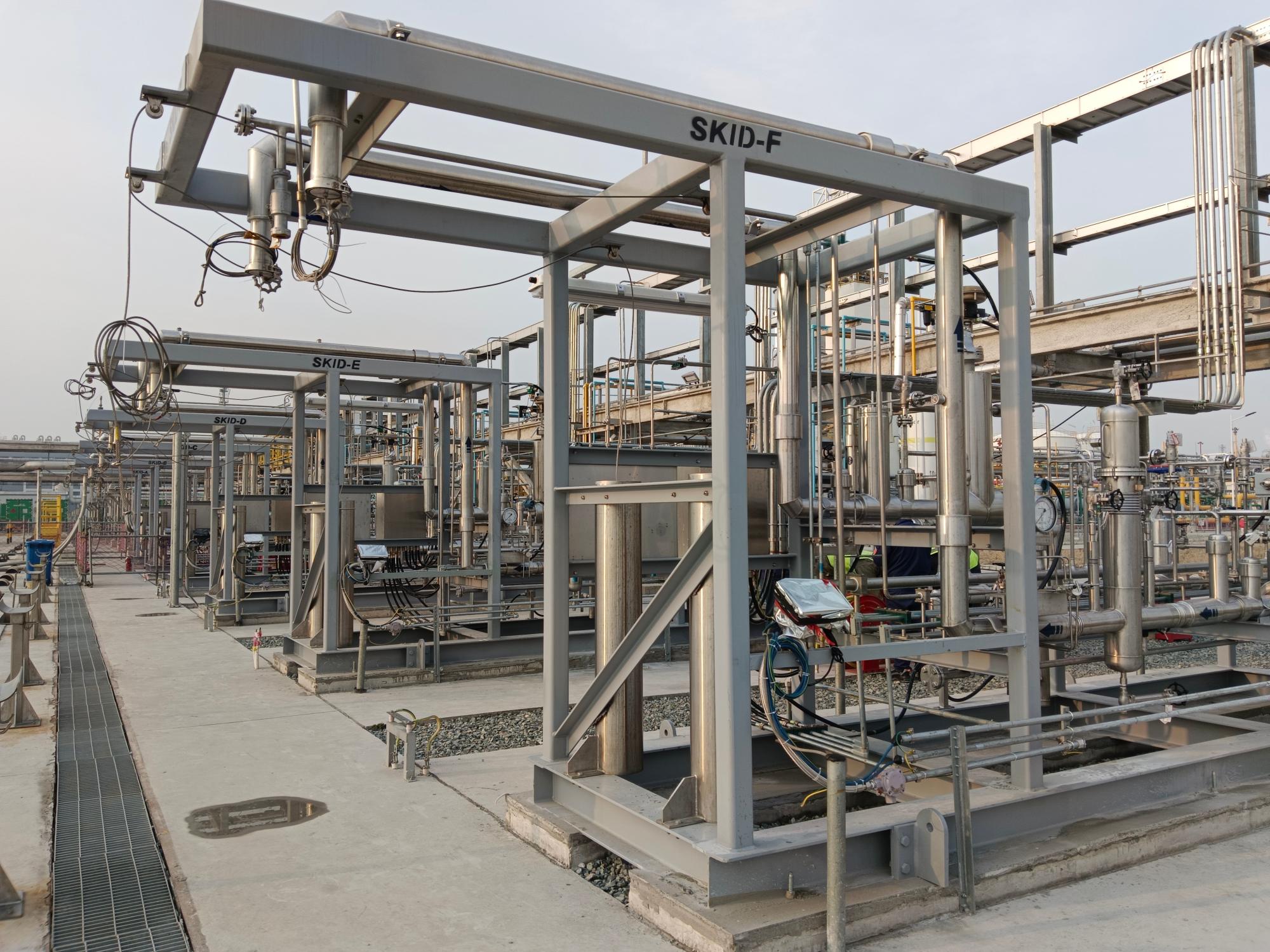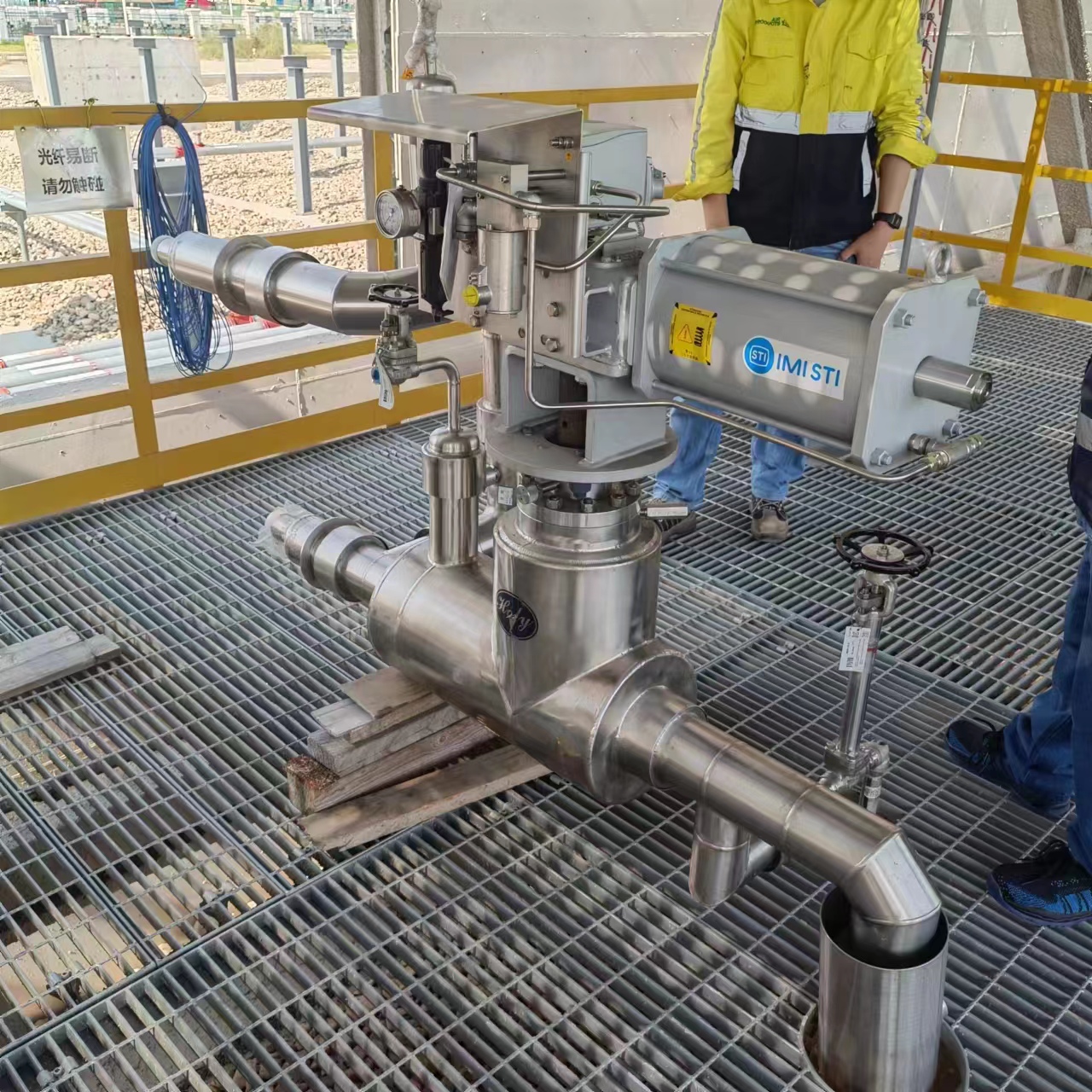The Cryogenic Imperative
As liquid hydrogen (LH₂) emerges as a clean energy cornerstone, its -253°C boiling point demands infrastructure that most materials can’t handle. That’s where vacuum insulated flexible hose technology becomes non-negotiable. Without it? Say hello to dangerous boil-off, structural failures, and efficiency nightmares.
Anatomy of Performance
At its core, a vacuum jacketed hose is built like a thermos on steroids:
Twin concentric stainless tubes (typically 304/316L grade)
High-vacuum annulus (<10⁻⁵ mbar) stripped of conductive gases
30+ radiation-reflective MLI layers sandwiched in between
This triple-barrier defense achieves what rigid pipes can’t: bending without breaking during tanker hookups while keeping heat transfer below 0.5 W/m·K. For perspective – that’s less thermal bleed than your coffee thermos.
Why Standard Lines Fail with LH₂
Hydrogen’s atomic-scale molecules penetrate most materials like ghosts through walls. Conventional hoses suffer from:
✓ Embrittlement at cryo temps
✓ Permeation losses (>2% per transfer)
✓ Ice-plugged fittings
Vacuum jacketed hose systems counter this through:
Hermetic metal-on-metal seals (VCR/VCO fittings)
Permeation-resistant core tubing (electropolished 316L SS)
Post time: Aug-06-2025










